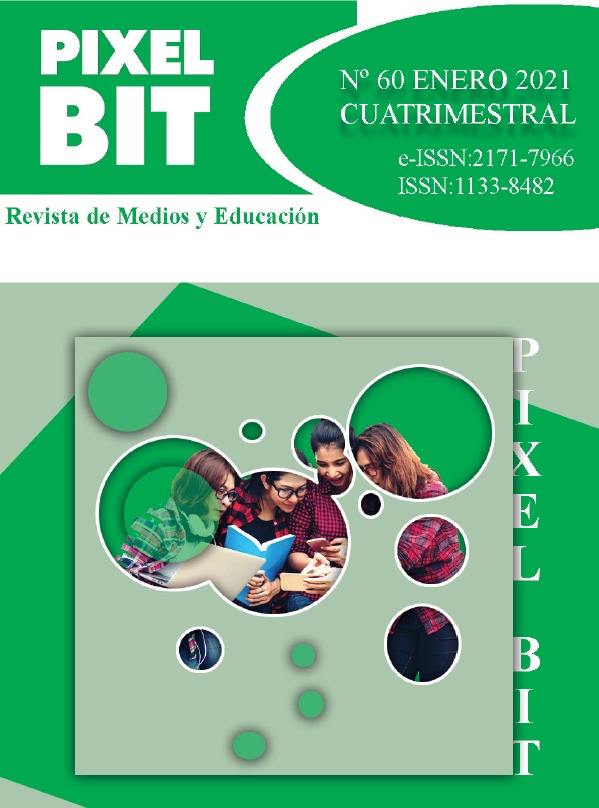Resumen
Desde la perspectiva de la innovación educativa, el diseño didáctico es una de las tareas docentes más importantes y complejas a las que se enfrentan habitualmente y en todos los niveles educativos personas con y sin formación pedagógica previa. El marco y el toolkit ACAD (por sus siglas en inglés Activity-Centred Analysis and Design) fueron creados en el ámbito anglosajón para facilitar los procesos de discusión que fundamentan esos procesos de diseño y análisis didáctico.
Este artículo presenta el proceso de traducción y adaptación transcultural del toolkit ACAD al castellano. El proceso se ha realizado en dos fases: una doble ronda de traducción y una fase piloto realizada en cinco seminarios con profesionales de diversos contextos y grado de experiencia profesional, en dos países. El resultado es una versión completa del toolkit ACAD (lienzo de trabajo y de tarjetas), además de sugerentes conclusiones fruto de las discusiones de los seminarios.

Esta obra está bajo una licencia internacional Creative Commons Atribución-NoComercial-SinDerivadas 4.0.
Derechos de autor 2021 Píxel-Bit. Revista de Medios y Educación

